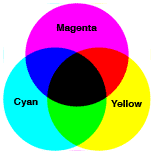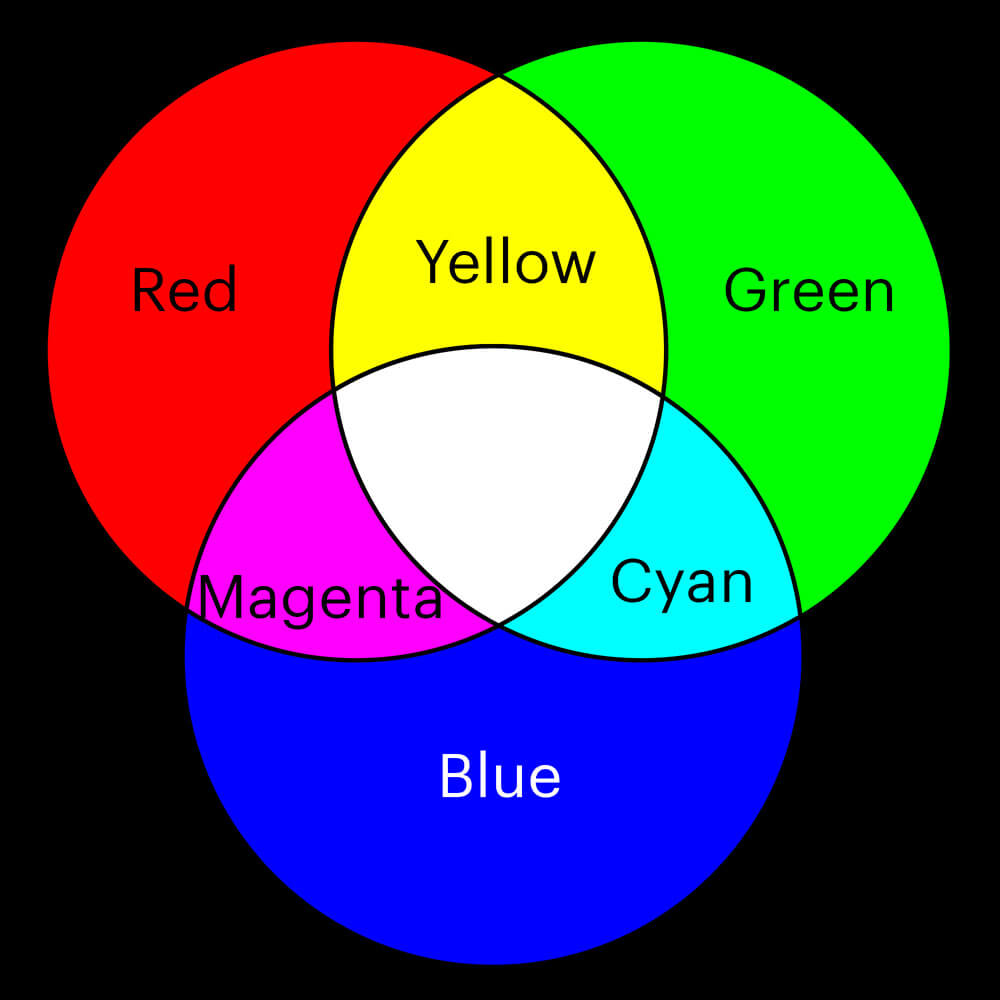THE
penicillin:
1) Who invented the Penicillin?
Alexander Fleming, invented the penicillin, he was an
Scottish inventor, he was born on the 6 of August, 1881, and he died the 11 of
March 1955, when he was 13, he moved to London with her brother John, and he
started to study medicin.
2) How and
when was invented the Penicillin?
The penicillin was invented on 1928, but untill 1929 he
didn’t show the invent to the people.
Fleming discoverd the penicillim, beacuse on July 1928,
before he went to vacations, he let around fifty plaques to grow a new
bacteria, called “estafilococo”when
he returned to his house the 3 of September, in the laboratory, he found one of
the plaques contaminated with a mildew.
Instead of trowing away the experiment, Fleming investigated
it, and he found, that some particles of Estafilococo were died, and the
farther ones, reproduced with a normaly way.
So Fleming discoverd that the mildew called “Penicillium Notatum” let out a sustance
that he called “PENICILLIN”
3) The importance
of Penicillin:
The
penicillin saved the life of millions of people so it is one of the principal
pillar of the present pharmacology.
The
Penecillin could treated with illnesses like, Tuberculosis, Esacarlatina…








